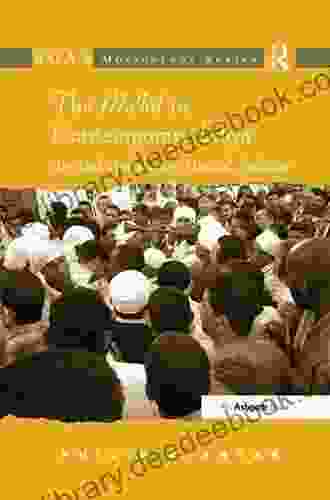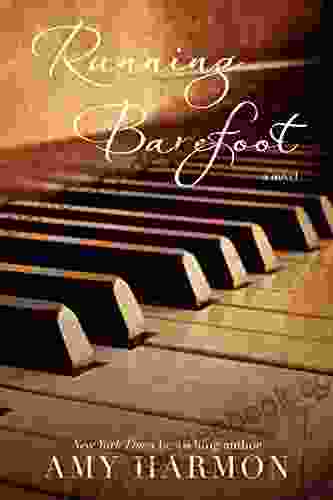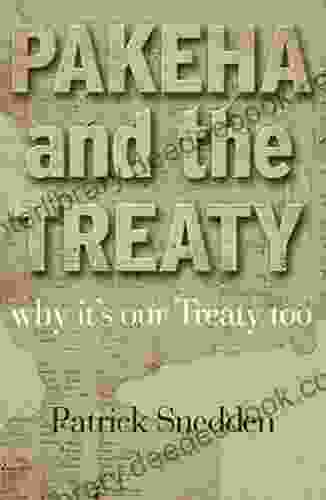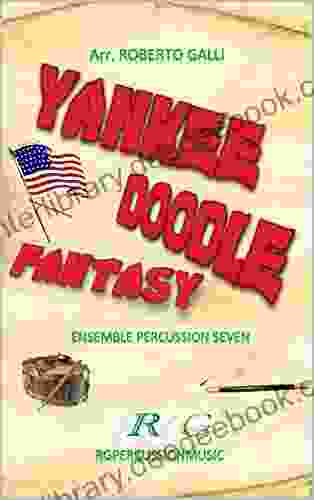An Arab Andalusian Musical Tradition: Studies in Music

Arab Andalusian music, also known as Andalusi music or Moorish music, is a rich and captivating musical tradition that emerged in the Iberian Peninsula during the period of Islamic rule. With its origins in the Middle East and North Africa, this tradition has left a profound impact on the musical landscapes of both Europe and the Mediterranean region.
This article delves into the fascinating history of the Arab Andalusian musical tradition, exploring its key characteristics, cultural significance, and enduring legacy.
4.6 out of 5
| Language | : | English |
| File size | : | 14056 KB |
| Text-to-Speech | : | Enabled |
| Screen Reader | : | Supported |
| Enhanced typesetting | : | Enabled |
| Print length | : | 202 pages |
Historical Background
The origins of Arab Andalusian music can be traced back to the arrival of the Umayyads in the Iberian Peninsula in the 8th century. The Umayyads, who established the Cordoba Caliphate, brought with them a sophisticated musical culture that blended elements from the Arab, Persian, and Byzantine traditions.
Over the centuries, Arab Andalusian music flourished in the courts and cultural centers of Al-Andalus, the Muslim-ruled territories in Spain. It was patronized by enlightened rulers, such as Abd al-Rahman III and al-Hakam II, who encouraged artistic and intellectual pursuits.
Musical Characteristics
Arab Andalusian music is characterized by its unique blend of melodic and rhythmic elements drawn from diverse musical influences. Some of its key features include:
*
Complex Melodic Structures: Arab Andalusian melodies are often intricate and ornamented, featuring a rich use of melismas (rapidly executed passages of notes) and microtones (intervals smaller than a semitone). *
Improvisation: Improvisation is an essential aspect of Arab Andalusian music. Performers often engage in extended improvisations, demonstrating their virtuosity and creativity. *
Rhythmic Complexity: Rhythms in Arab Andalusian music are complex and polyrhythmic, often involving the use of syncopation, cross-rhythms, and intricate hand percussion techniques. *
Extensive Use of Microtones: Arab Andalusian music employs a wide range of microtones, adding richness and depth to the melodies.
Cultural Significance
Arab Andalusian music played a significant role in the cultural and intellectual life of Al-Andalus. It was closely associated with poetry, philosophy, and other forms of artistic expression. Musicians were highly regarded in society and often held positions of honor in the courts.
This tradition also had a profound impact on the development of Western music. It influenced the emergence of troubadour music in Europe and is believed to have contributed to the development of flamenco, one of Spain's most iconic musical genres.
Transmission and Legacy
Following the Reconquista, the Christian conquest of Al-Andalus in the 15th century, Arab Andalusian music continued to be passed down through generations of musicians in North Africa and the Middle East. It was preserved in manuscripts, oral traditions, and through the establishment of musical guilds and conservatories.
Today, Arab Andalusian music remains a vibrant and cherished tradition in many parts of the world. It is performed in concerts, festivals, and cultural events, and is studied by scholars and musicians alike.
Modern Interpretations
In recent years, there has been a renewed interest in Arab Andalusian music, with contemporary musicians and ensembles exploring new interpretations and fusions of this tradition. Some notable examples include:
*
Al-Andalus Ensemble: This London-based ensemble specializes in the performance and research of Arab Andalusian music, blending traditional and contemporary elements. *
Habibi Funk: A Brooklyn-based band that fuses Arab Andalusian music with funk, soul, and other contemporary genres. *
Noura Mint Seymali: A Mauritanian singer and kora player who incorporates elements of Arab Andalusian music into her contemporary compositions.
The Arab Andalusian musical tradition is a testament to the rich cultural heritage of the Iberian Peninsula and its enduring influence on world music. With its captivating melodies, complex rhythms, and cultural significance, this tradition continues to inspire and fascinate musicians and audiences around the globe.
Through ongoing research, preservation efforts, and contemporary interpretations, the Arab Andalusian musical tradition remains a vibrant and evolving art form, showcasing the enduring power of music to bridge cultures and connect the past with the present.
4.6 out of 5
| Language | : | English |
| File size | : | 14056 KB |
| Text-to-Speech | : | Enabled |
| Screen Reader | : | Supported |
| Enhanced typesetting | : | Enabled |
| Print length | : | 202 pages |
Do you want to contribute by writing guest posts on this blog?
Please contact us and send us a resume of previous articles that you have written.
 Page
Page Story
Story Reader
Reader Paperback
Paperback Magazine
Magazine Newspaper
Newspaper Paragraph
Paragraph Bookmark
Bookmark Bibliography
Bibliography Foreword
Foreword Footnote
Footnote Manuscript
Manuscript Codex
Codex Tome
Tome Classics
Classics Narrative
Narrative Biography
Biography Autobiography
Autobiography Memoir
Memoir Reference
Reference Encyclopedia
Encyclopedia Dictionary
Dictionary Thesaurus
Thesaurus Narrator
Narrator Resolution
Resolution Librarian
Librarian Catalog
Catalog Borrowing
Borrowing Stacks
Stacks Archives
Archives Periodicals
Periodicals Study
Study Scholarly
Scholarly Academic
Academic Reading Room
Reading Room Special Collections
Special Collections Literacy
Literacy Thesis
Thesis Awards
Awards Reading List
Reading List Jack Finney
Jack Finney Rowan Mccandless
Rowan Mccandless Mark Gimenez
Mark Gimenez Annie Wedekind
Annie Wedekind Mahdi Rezaei
Mahdi Rezaei William Alexander
William Alexander Michael M Franz
Michael M Franz Clive Aslet
Clive Aslet John Daverio
John Daverio Tayari Jones
Tayari Jones Elvis Santino
Elvis Santino Jeff Carroll
Jeff Carroll Dan A Farber
Dan A Farber Chris Agos
Chris Agos Michael W Smith
Michael W Smith Eve Silver
Eve Silver Danni Quintos
Danni Quintos Margot Theis Raven
Margot Theis Raven Stacey Hall
Stacey Hall Shell Education
Shell Education
Light bulbAdvertise smarter! Our strategic ad space ensures maximum exposure. Reserve your spot today!

 Enrique BlairUnveiling the Boundaries: A Comprehensive Guide to Understanding the Limits...
Enrique BlairUnveiling the Boundaries: A Comprehensive Guide to Understanding the Limits...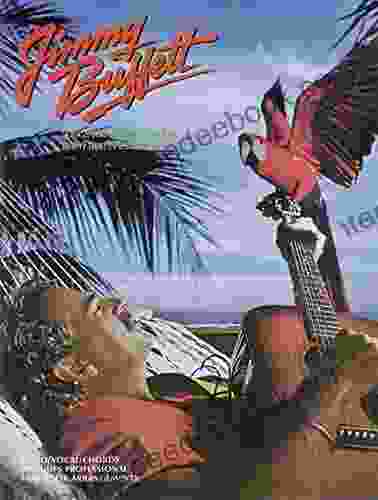
 Jack LondonUnleash Your Inner Pianist: Exploring the Allure of Songs You Know By Heart...
Jack LondonUnleash Your Inner Pianist: Exploring the Allure of Songs You Know By Heart... Craig CarterFollow ·12.2k
Craig CarterFollow ·12.2k Jedidiah HayesFollow ·7.4k
Jedidiah HayesFollow ·7.4k Jace MitchellFollow ·3.1k
Jace MitchellFollow ·3.1k Rubén DaríoFollow ·6.6k
Rubén DaríoFollow ·6.6k Frank MitchellFollow ·16.4k
Frank MitchellFollow ·16.4k Max TurnerFollow ·11.6k
Max TurnerFollow ·11.6k Mike HayesFollow ·7.5k
Mike HayesFollow ·7.5k Spencer PowellFollow ·12.5k
Spencer PowellFollow ·12.5k

 Bo Cox
Bo CoxDiscover the Enchanting Allure of Collingwood, Ontario,...
Nestled amidst the breathtaking landscape of...

 Ralph Ellison
Ralph EllisonThe Street of Clocks Poems: A Poetic Journey Through Time
Welcome to The Street...
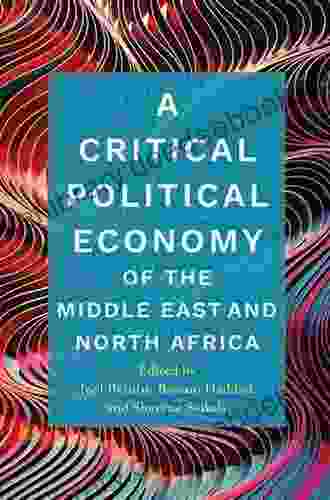
 Dwight Blair
Dwight BlairCritical Political Economy of the Middle East and North...
The Middle East and...

 Deion Simmons
Deion SimmonsPerfect Strategies For Painting Amazing Marine Creatures...
Gouache is a...
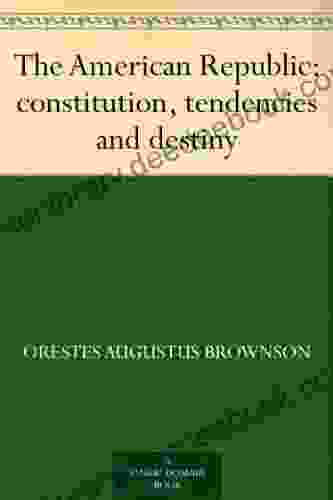
 Hugh Bell
Hugh BellThe American Republic: Constitution, Tendencies, and...
The American Republic,...
4.6 out of 5
| Language | : | English |
| File size | : | 14056 KB |
| Text-to-Speech | : | Enabled |
| Screen Reader | : | Supported |
| Enhanced typesetting | : | Enabled |
| Print length | : | 202 pages |


